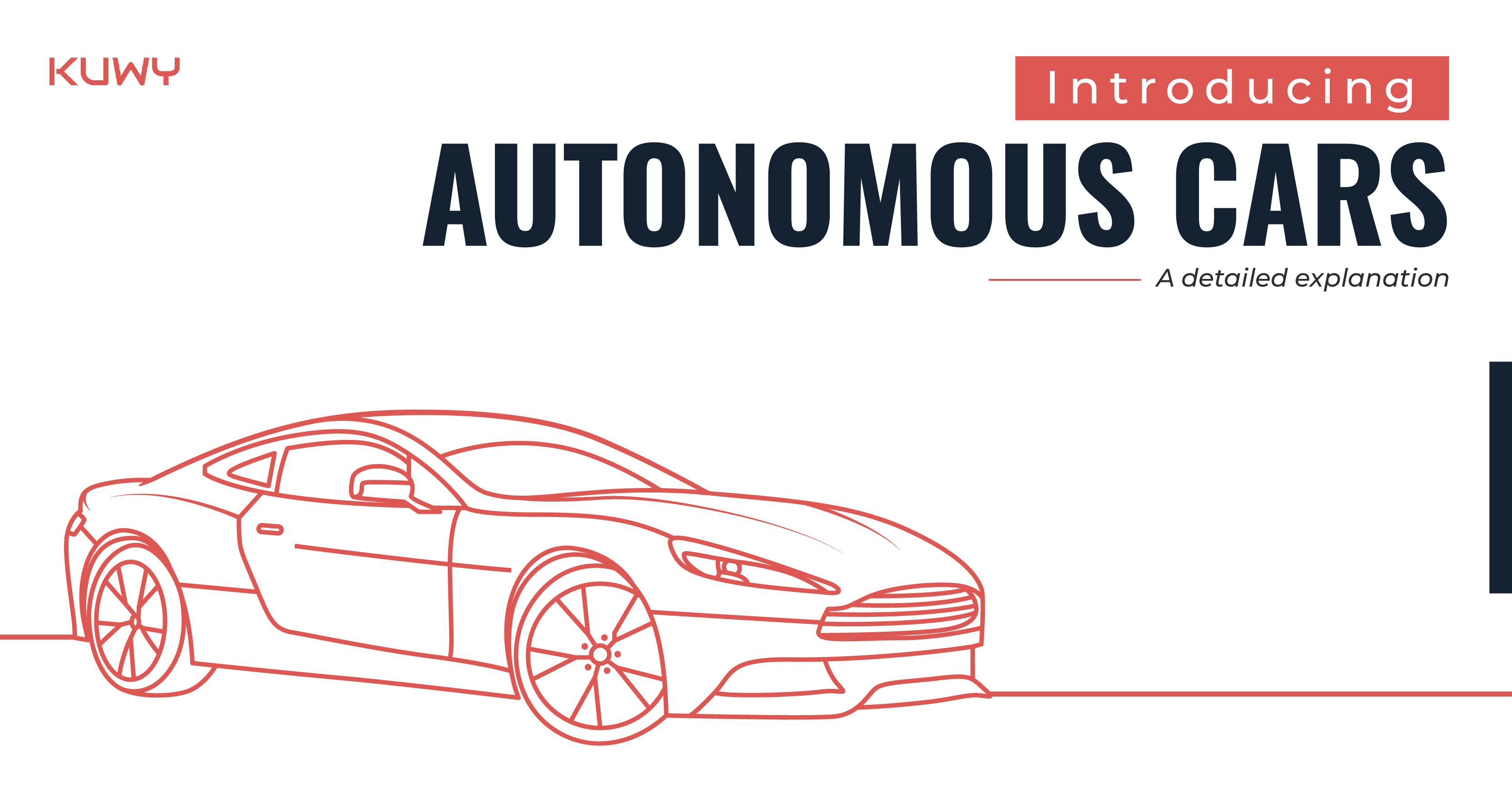The autonomous vehicle era has here, marked a major change in how we perceive and interact with travel. Autonomous vehicles, often known as self-driving vehicles, are the perfect touch to evolving AI and technology offering convenient solutions to driving problems, and offering a future of safer and more efficient transportation. In this blog, we'll go over autonomous automobiles' technology, development, levels of automation, benefits, problems, and the capacity for change they have for society.
Autonomous cars are vehicles capable of navigating and driving without human intervention. Although they cannot make decisions like us based on emotions and intuitions, they’re expected to mimic our thoughts during a drive. The levels of automation range from Level 0 (no automation) to Level 5 (full automation). The fundamental technologies enabling autonomous cars include advanced sensors (lidar, radar, cameras, and ultrasonic sensors), high-definition mapping, powerful onboard computers, and complex algorithms for perception, decision-making, and control.
The levels of automation are discussed below,
At Level 0, there is no automation involved. The entire driving process is fully controlled by the human driver. The vehicle does not have any automatic capabilities, and all aspects of driving, including steering, acceleration, braking, and monitoring the environment, are by a human driver like the cars we use today.
Level 1 involves the introduction of driver assistance systems. In this level of automation, the vehicle is equipped with specific features that can assist the driver in certain aspects of the driving task. Common features at this level include adaptive cruise control, where the vehicle can maintain a set speed and adjust it to keep a safe distance from vehicles ahead. However, the driver must remain fully engaged and in control of the vehicle at all times, actively monitoring the road and making steering and braking decisions.
Level 2 represents partial automation, a development in vehicle automation. At this level, the vehicle can control both steering and acceleration simultaneously under certain conditions, usually on highways or in less complex environments. This level involves advanced driver assistance systems (ADAS) like adaptive cruise control, lane-keeping assistance, and automated steering within lane markings.
At Level 3 and Level 4, vehicles have achieved conditional automation. This means that the car can manage most driving tasks autonomously under specific conditions and within a defined operational domain. The vehicle's system can handle steering, acceleration, and braking. However, the driver must be ready to intervene and take over control when the system requests, or encounters an unhandlable situation.
At Level 5, vehicles have achieved full automation, and they can handle all driving tasks in all conditions without any need for human involvement. There is no requirement for a steering wheel, pedals, or a human driver. The vehicle's autonomous system is designed to navigate and operate the vehicle safely and effectively under all circumstances, including complex urban environments, adverse weather conditions, and high-speed highway driving. A word of caution here, no amount of machine brain can fully replicate the thought process of a human driver.
Developing the technology to ensure the safety and reliability of autonomous cars remains significant which is the main reason for autonomous cars to still be a doubtful technology. Overcoming technical challenges related to complex decision-making, weather conditions, and unexpected situations is needed.
Autonomous cars present confusion, such as how they should make split-second decisions in potential accident scenarios. Experts predict that fully autonomous cars capable of navigating any scenario without human intervention will become a reality shortly. Not only will they alter how we travel but also affect urban planning, insurance, healthcare, and other sectors, bringing about societal and economic shifts.
Autonomous vehicles represent an important turning point in transportation in the past, ready to change the way we move and live. As we progress towards this self-driving future, it is critical to address obstacles, develop rules, and build public awareness and trust. Autonomous cars represent the promise of a safer, more accessible, and greener future, altering the fundamental nature of mobility and shaping the society we live in with responsible development and integration.
Happy and fun learning!




